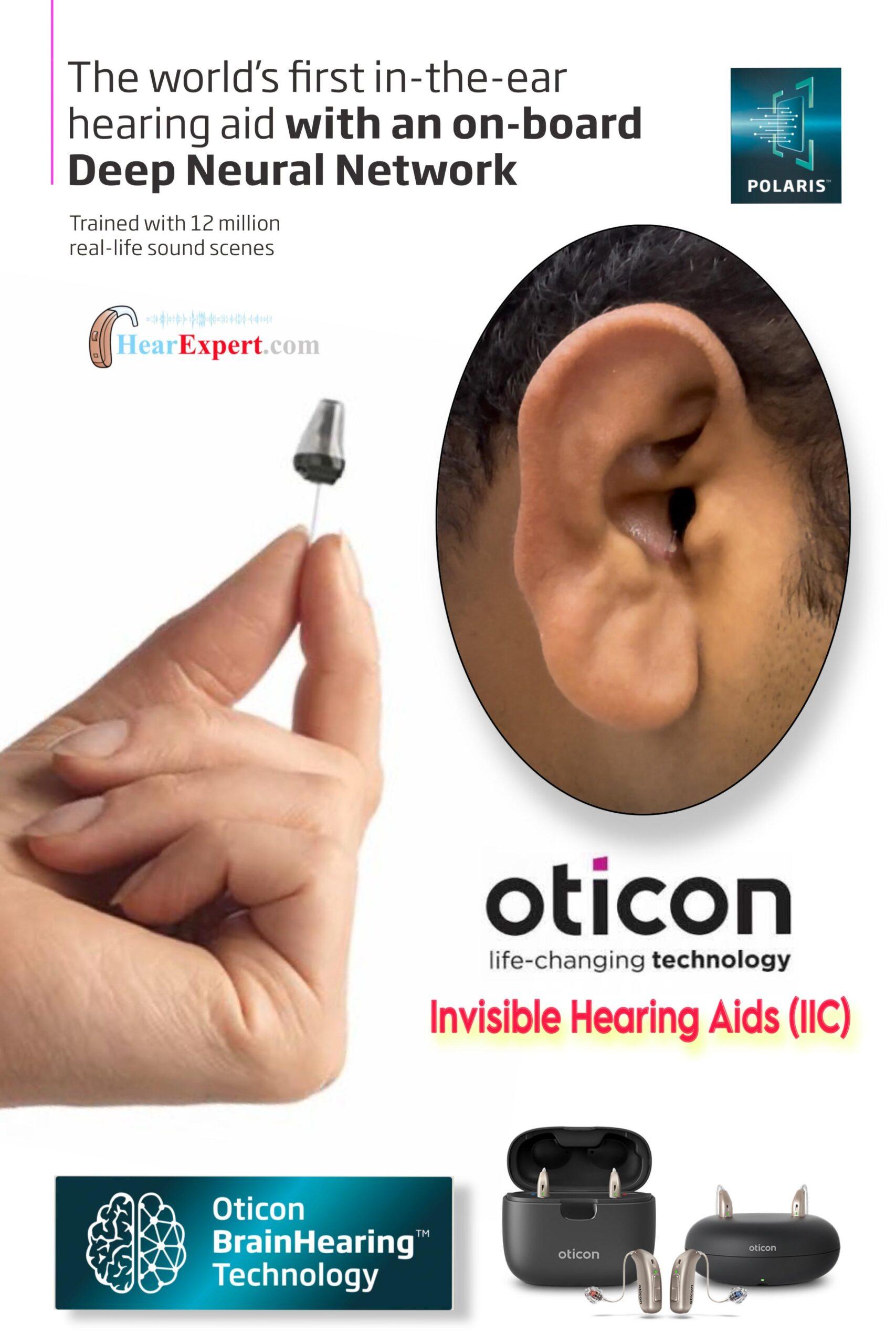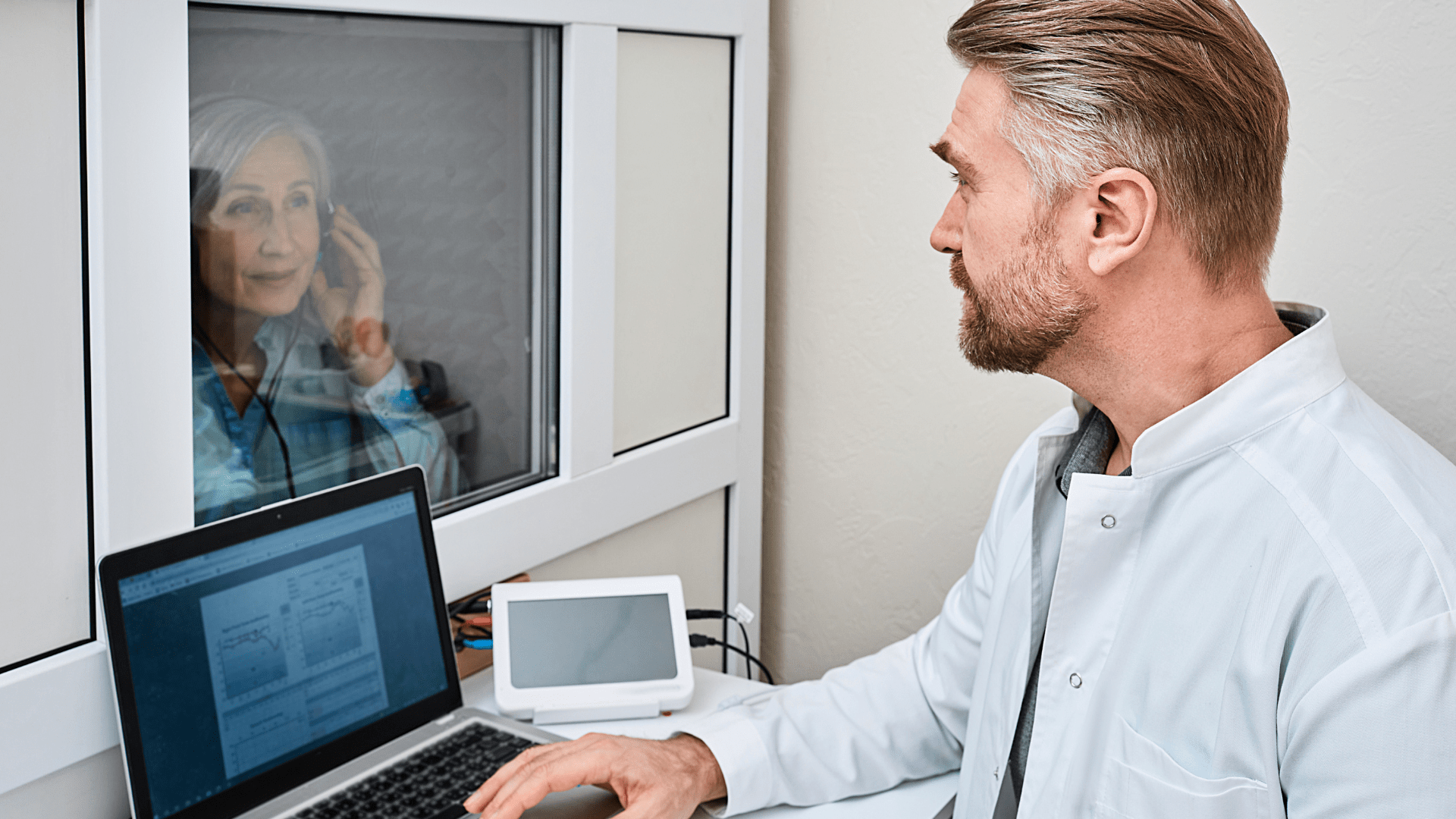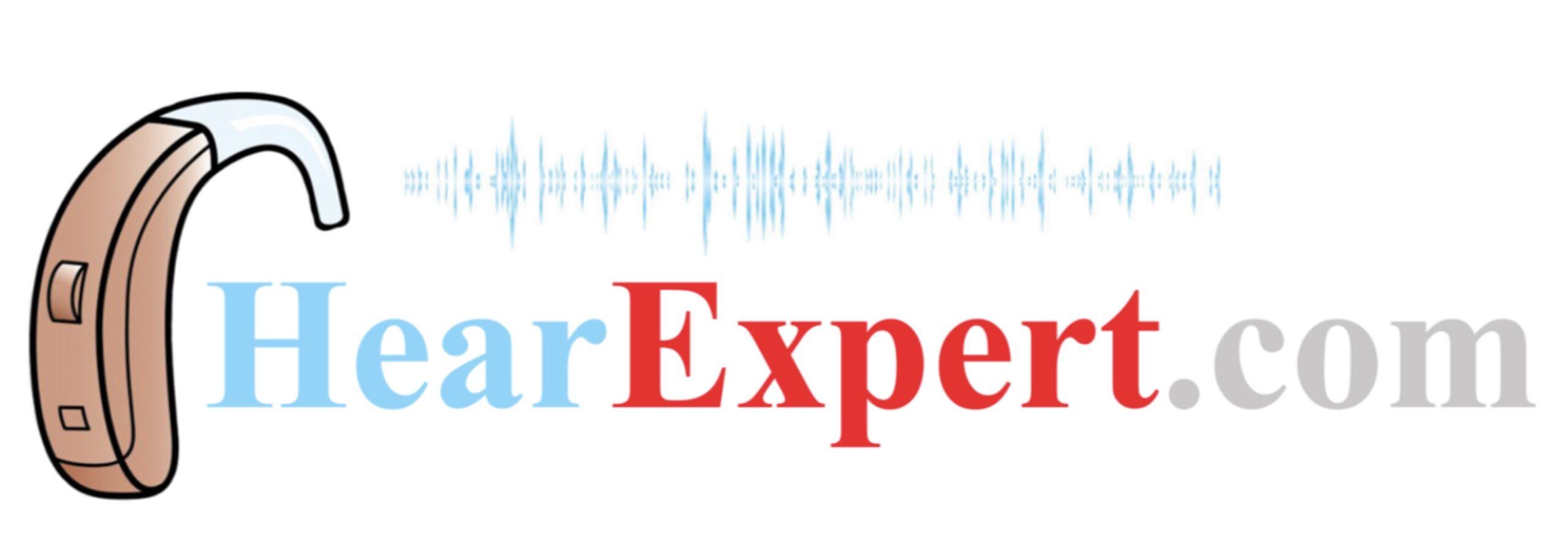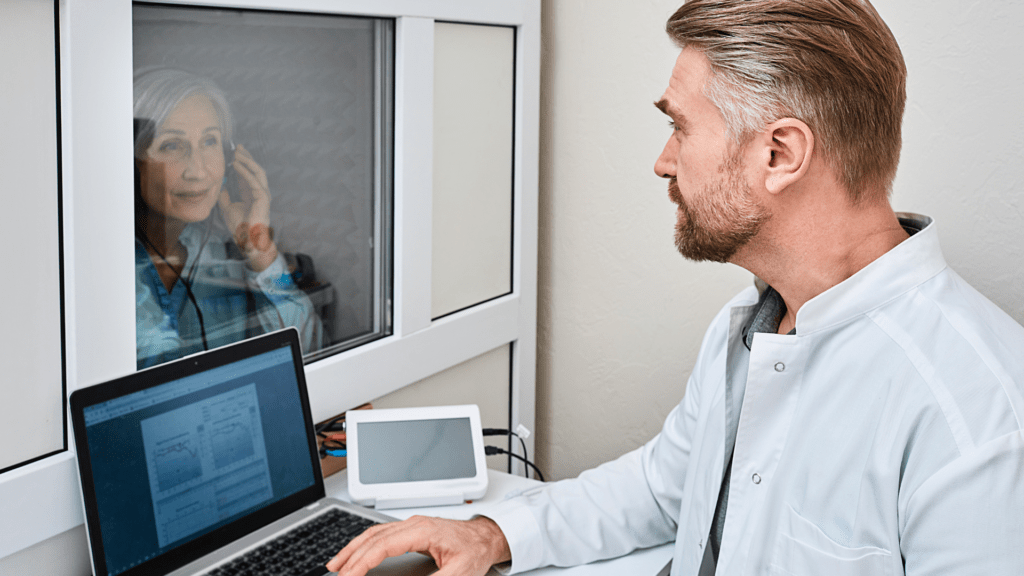Introduction
Hearing aid technology has evolved dramatically over the past decade. What were once simple amplification devices have transformed into sophisticated mini-computers for the ears. Among the most exciting developments are Bluetooth connectivity and rechargeable battery technology. These innovations are changing how people experience and interact with their hearing aids, making them more convenient, versatile, and user-friendly than ever before.
The size and placement of the device affect how much room is available for these features. In-The-Canal Hearing Aids sit partly in the ear canal, making them less visible than behind-the-ear models while still providing space for advanced features.

The Evolution of Hearing Aid Technology
Traditional hearing aids focused solely on amplifying sound. Users often struggled with background noise, limited control options, and the constant need to replace tiny batteries. Modern hearing aids, however, offer advanced features that address these challenges while providing superior sound quality.
Hear Expert professionals note that today’s devices use sophisticated digital processing to enhance speech while reducing unwanted noise. Many can adapt automatically to different listening environments, from quiet conversations to noisy restaurants.
Understanding Bluetooth Hearing Aid Technology
Bluetooth technology allows hearing aids to connect wirelessly with smartphones, televisions, computers, and other devices. This connection enables direct audio streaming without interference from background noise. For users, this means phone calls, music, television audio, and navigation instructions can be delivered directly to their hearing aids with exceptional clarity.
Users can discreetly adjust volume, change programs, check battery status, and even find lost devices without touching their hearing aids. Some apps also allow audiologists to make remote adjustments, eliminating the need for in-person appointments for minor tuning.
The Advantages of Rechargeable Hearing Aids
Traditional hearing aids use disposable batteries that typically last 3-10 days, depending on usage and hearing aid type. Users must keep a supply of these tiny batteries on hand and replace them frequently. For people with dexterity challenges or visual impairments, this task can be particularly difficult.
Rechargeable hearing aids eliminate these concerns. Most modern rechargeable models provide 24-30 hours of use on a single charge. Users simply place their hearing aids in a charging case overnight, similar to charging a smartphone. By morning, the devices are ready for a full day of use.
The environmental benefits are also significant. A person using traditional hearing aids might dispose of over 100 batteries per year. Rechargeable hearing aids dramatically reduce this waste, as their batteries typically last 4-5 years before needing replacement.
Comparing Different Hearing Aid Styles
Not all hearing aid styles can accommodate Bluetooth and rechargeable technology equally well. The size and placement of the device affect how much room is available for these features.
In-The-Canal-Hearing-Aids Set partly in the ear canal, making them less visible than behind-the-ear models while still providing space for advanced features. Many ITC models now offer Bluetooth connectivity and rechargeable options, though their slightly smaller size may mean somewhat shorter battery life compared to larger devices.
At the smallest end of the spectrum, Invisible Hearing Aids (IIC) sit completely hidden in the ear canal. Their extremely small size prioritizes discretion above all else. While some IIC models offer limited Bluetooth functionality, most cannot fully support direct streaming due to size constraints. Similarly, rechargeable options for these tiny devices are limited, as the batteries must be extremely small to fit within the device.
For users seeking the full benefits of Bluetooth connectivity and rechargeable technology, slightly larger styles like receiver-in-canal (RIC) or behind-the-ear (BTE) models typically offer the most complete feature sets, including stronger Bluetooth connections and longer-lasting rechargeable batteries.

Real-World Benefits for Users
The combination of Bluetooth connectivity and rechargeable batteries offers several practical advantages in daily life:
Enhanced Phone Communication: Phone calls stream directly to both hearing aids, improving clarity and understanding. Users can answer calls with a tap on their hearing aid or smartphone, even with the phone across the room.
Better Entertainment Experiences: Television audio streams directly to hearing aids, allowing users to hear clearly at their preferred volume while others in the room listen at a different level. Music can be enjoyed with impressive sound quality directly through hearing aids.
Increased Confidence: Direct streaming reduces the struggle to hear in challenging environments, giving users more confidence in social and professional situations.
Challenges and Considerations
While Bluetooth and rechargeable hearing aids offer significant benefits, they also present some challenges to consider:
Battery Life Management: Users need to establish a regular charging routine. For those who regularly exceed the battery’s daily capacity, some rechargeable models include portable charging cases for on-the-go power.
Technology Learning Curve: Some users, particularly older adults, may need time to become comfortable with app controls and Bluetooth pairing procedures.
Device Compatibility: Not all smartphones and devices offer the same level of Bluetooth compatibility with hearing aids. Apple devices typically provide the most seamless experience, though Android compatibility continues to improve.
Cost Considerations: Hearing aids with Bluetooth and rechargeable features typically cost more initially, though the elimination of disposable battery expenses partially offsets this over time.
Also Read What Features Should You Look For In In-The-Canal Hearing Aids?
Looking to the Future
Hearing aid technology continues to advance rapidly. Several exciting developments are on the horizon:
Artificial Intelligence: AI is beginning to enable hearing aids to learn user preferences and automatically adjust to different environments with increasing accuracy.
Health Monitoring: Some newer hearing aids include sensors that track physical activity and vital signs, potentially turning hearing aids into health monitoring devices.
Extended Connectivity: As the Internet of Things expands, hearing aids may connect to an increasing range of smart home devices, allowing users to control their environment through their hearing aids.
Improved Charging Technology: Faster charging times and wireless charging options will likely become more common in future generations of devices.

Making the Right Choice
When considering Bluetooth hearing aids with rechargeable batteries, several factors should influence your decision:
Hearing Needs: The nature and severity of your hearing loss should be the primary consideration in selecting any hearing aid.
Lifestyle Factors: Consider how often you use audio devices, make phone calls, or find yourself in challenging listening environments. The more you would benefit from streaming capabilities, the more valuable Bluetooth features become.
Dexterity and Vision: If you struggle with handling small objects or seeing tiny batteries, rechargeable models offer significant advantages.
Budget Considerations: While these advanced features add to the initial cost, factor in the savings on batteries and the value of improved quality of life.
Conclusion
Bluetooth hearing aids with rechargeable batteries represent a significant step forward in hearing technology. They offer improved sound quality, greater convenience, enhanced connectivity, and environmental benefits. While not every user needs all these features, they are increasingly becoming standard in many hearing aid models.
For many people with hearing loss, these technologies transform hearing aids from simple amplification devices into multifunctional communication tools that seamlessly integrate with their digital lives. As the technology continues to advance and become more affordable, Bluetooth connectivity and rechargeable batteries will likely become standard features rather than premium options.
The future of hearing aids is moving toward greater connectivity, intelligence, and convenience—with Bluetooth and rechargeable technology leading the way in this transformation.

